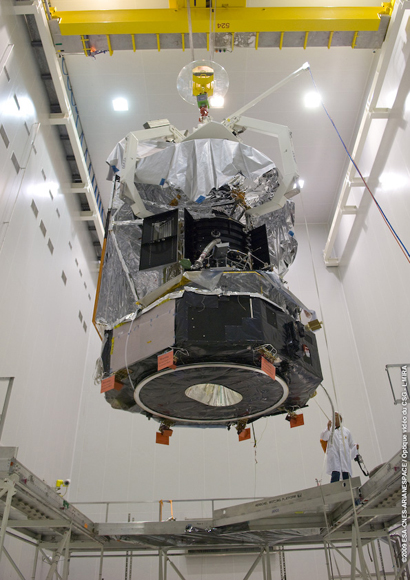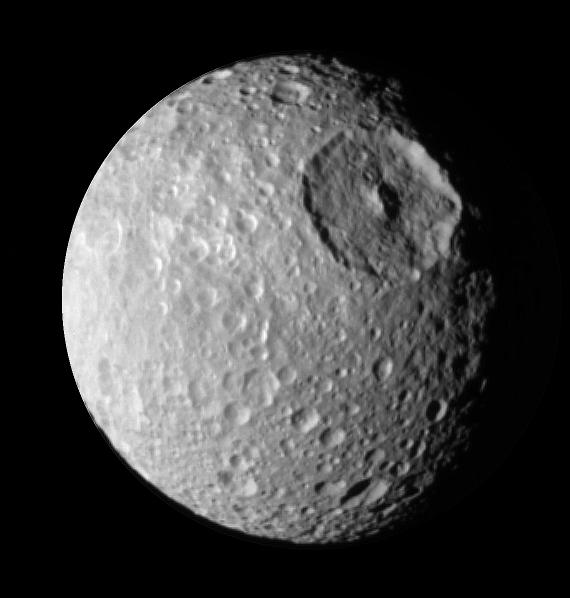Just a few days ago a mission to the Moon was completed. This mission sent a vehicle to crash into one of the southern craters on the Moon. Specifically, the LCROSS (Lunar Crater Observation and Sensing Satellite) spacecraft sent it's spent rocket and then itself, on a collision course to the Lunar surface, with hopes of kicking up first the Lunar topsoil and then the Lunar bedrock. This ejecta would then be measured by spectrometers to determine if there really is some underground water ice on the Moon.
Many people decried this as being a waste of money, as is usual when people do not understand science or scientific endeavors. They rail against spending money on something such as this when there are "poor" and "sick" who need the money. This is a misguided pity.
The LCROSS mission is one of the cheapest missions ever undertaken by NASA. The total cost of the mission was 79 million dollars, most of that cost being getting the LCROSS satellite itself into outer space. 79 million dollars may sound like a ton of money, but it is less than 50 cents from every single taxpayer in the USA. Taken that way, it is not a big expense.
This country is currently spending billions (BILLIONS!) a month to fight a war in Afghanistan and to occupy the country of Iran. The benefits from the LCROSS mission could conceivably allow for the development of a Lunar colony. The benefits from the war and the occupation seem to be very vague, such things as "freedom" and "security for America's interests" (i.e. MONEY).
Where is the rage in that? The money being used for these military actions could easily prop up a brand new health care system in the USA, one which would allow for a public option, so that regular people are not enslaved to the multinational insurance companies whose main goal is to make a buck, not to ensure their clients are receiving quality health care.
No one cries about that, instead, the aim their vitriol at NASA. Morons.


























